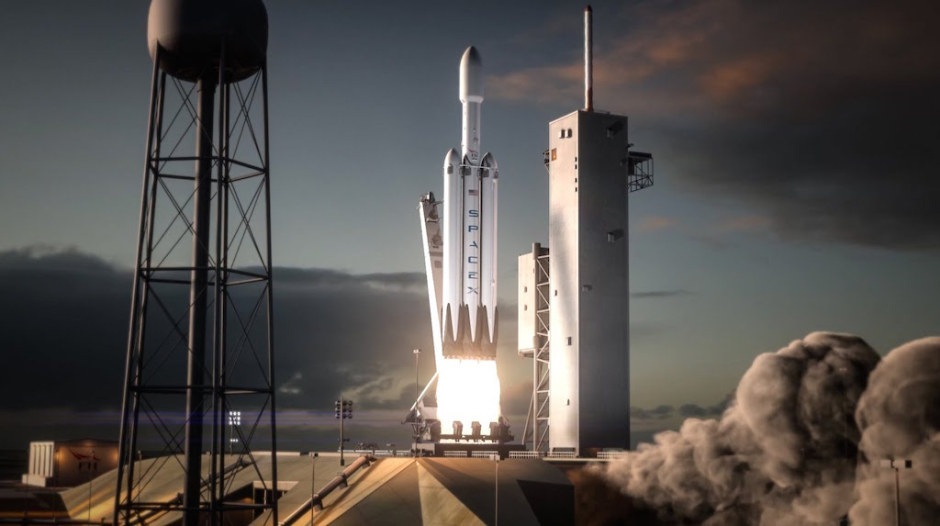Space X has recently fired up Falcon Heavy’s 27 main engines at Florida’s Kennedy Space Center, the rocket that will take the first flight to the Mars.
As we earlier reported that Space X is going to ignite the Falcon Heavy’s on the launch pad LC-39A at NASA’s Kennedy Space Center. Falcon Heavy is built by combining three Falcon 9 rockets together, attached to a single base.
The first ignition of the Falcon Heavy lasted 12 seconds. It has 27 Merlin triple-booster engines that generated over 5 million pounds of thrust and have the ability to lift more than 140,000 pounds of cargo. The test created loud rumbling around the launch pad that could be heard miles away.
First static fire test of Falcon Heavy complete—one step closer to first test flight! pic.twitter.com/EZF4JOT8e4
— SpaceX (@SpaceX) January 24, 2018
CEO and Co-founder of Space X, Elon Musk has earlier unveiled his plan of sending the most powerful lift vehicle in the world, his Tesla Roadster to Mars. Musk has previously shown images of Tesla being prepared for the launch with Falcon Heavy. Elon Musk claims that the Tesla Roadster (inside the rocket shell) could remain in the orbit for a billion years.
This static fire test for the Falcon Heavy Rocket has paved the way for the mega-rocket one step closer to its final flight. The rocket will be fired beyond orbit from the former Apollo 11 moon rocket launch pad at Florida’s Kennedy Space Center.
Elon Musk revealed the Falcon Heavy rocket program back in 2011 when he said the launcher could take off for the first time in 2013. But the rocket’s development took a long time that Musk had predicted.
Now, everyone is waiting for the launch of the Falcon’s Heavy rocket in the coming months and if it all goes according to the plan, it will become the most powerful rocket to go in space since the Saturn V rocket that carried Apollo astronauts to the moon but first, the Falcon Heavy has to get off the ground.












